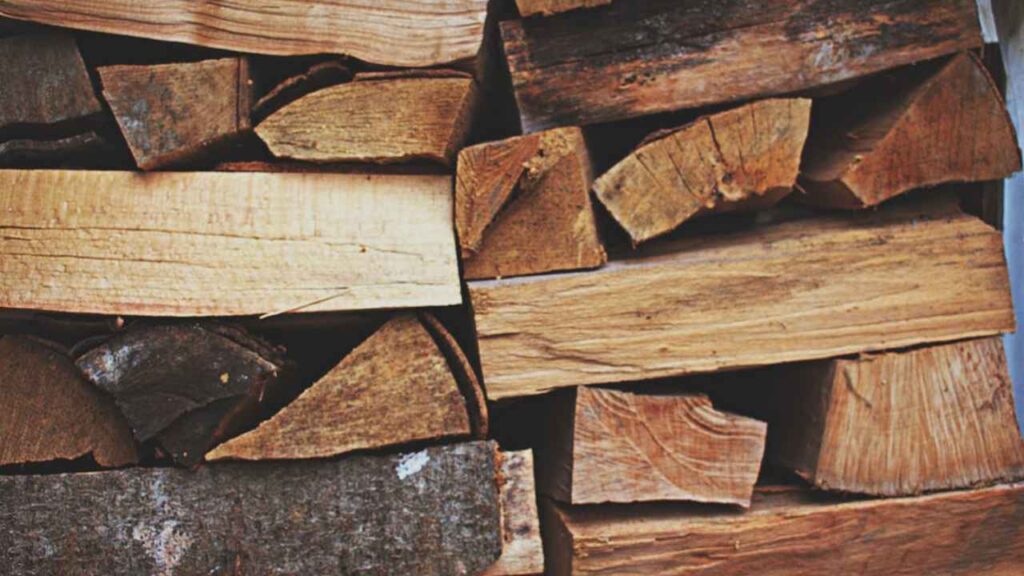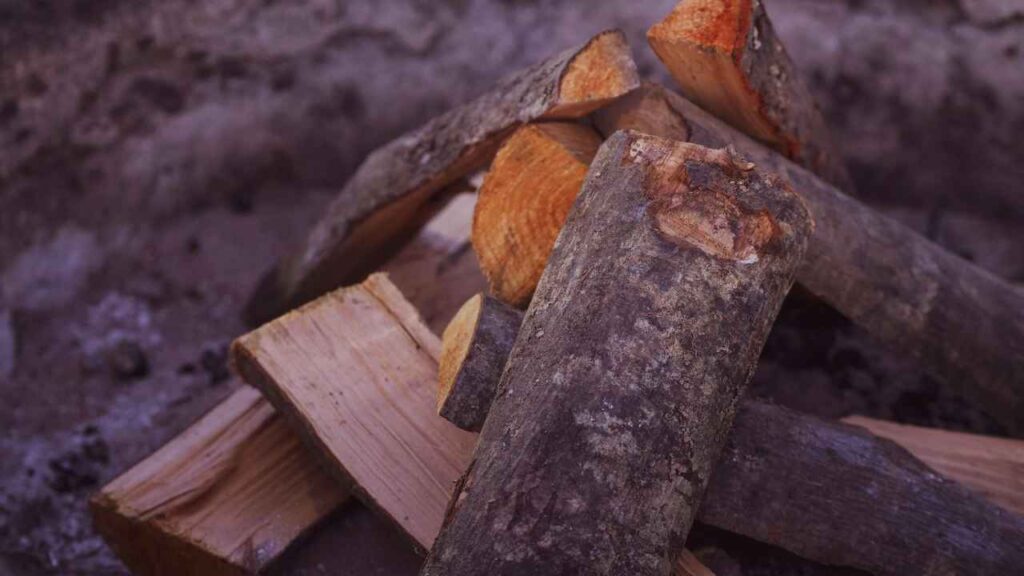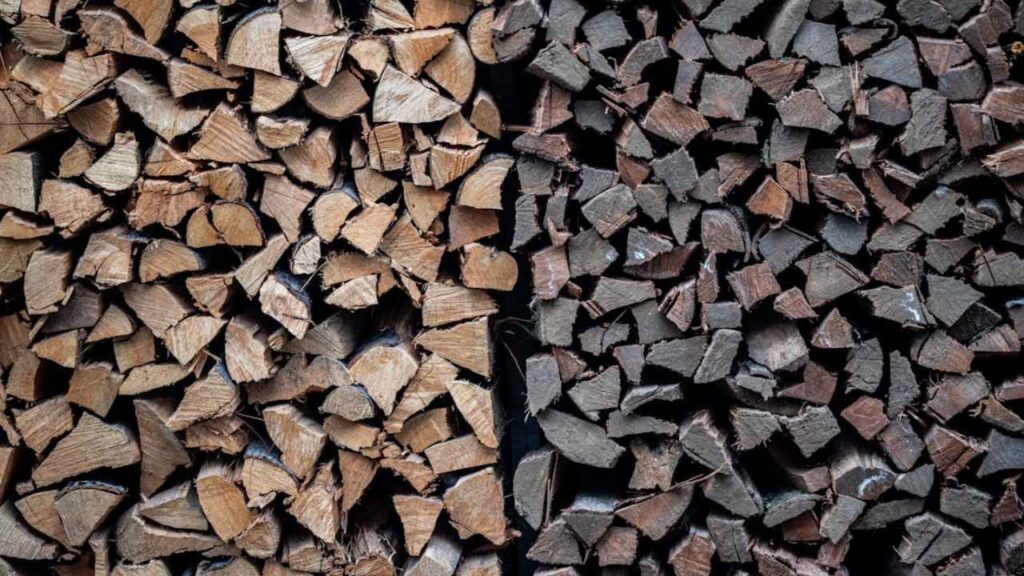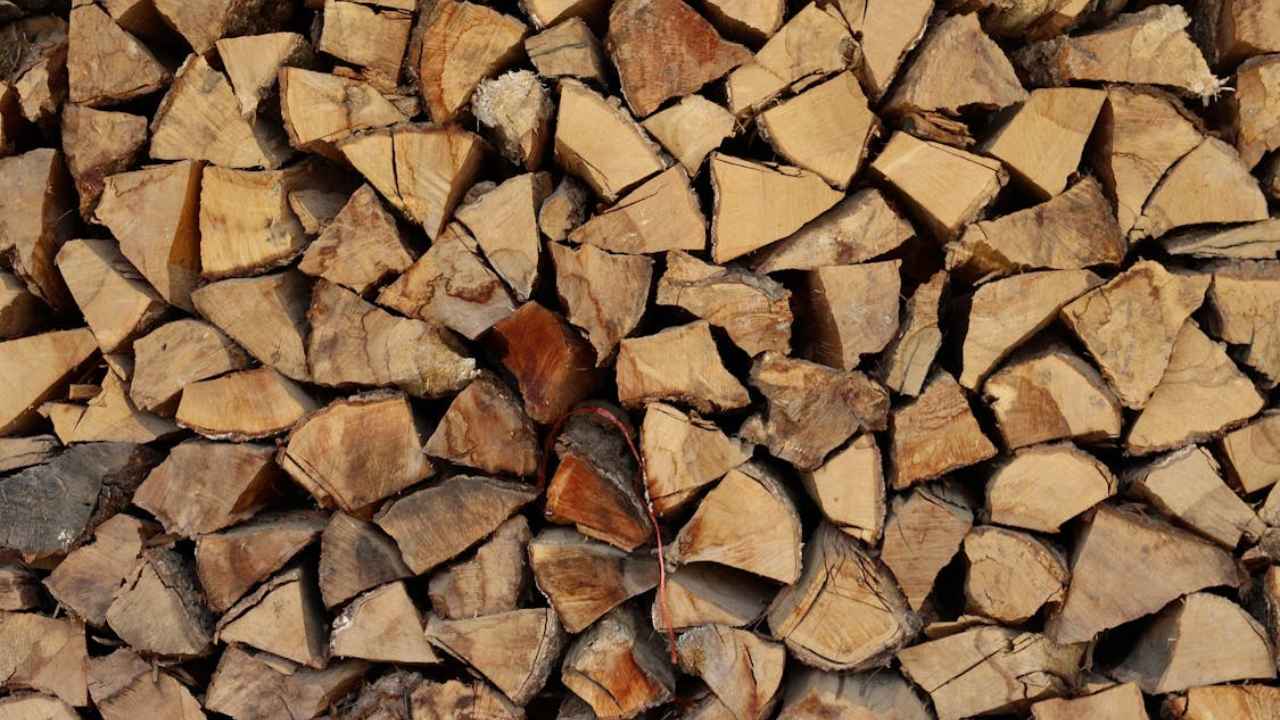Many of us eagerly await curling up by the fire when the cold of winter sets in and the evenings get crisp. Whether your fireplace is material fire, fire pit, or otherwise, you really must have a consistent supply of firewood. This post will go over how to locate nearby firewood, the many kinds of fire wood that are sold, advice on purchasing and storing it, plus much more. Let us now begin.

Understanding the Importance of Firewood
Firewood produces a warm, inviting environment that may turn your house into a comfortable haven rather than only providing heat. Any gathering’s atmosphere may be improved right away by the sound of wood burning or the dancing flames. From heating cold evenings to serving as a meeting spot for friends and family, firewood has several uses. Knowing where to get premium firewood close by guarantees a consistent supply for your heating requirements. Using the correct kind of wood may also improve the burning efficiency of your fire and lower smoke, therefore improving your enjoyment. To really experience the advantages of firewood, one first knows what to look for in it.
Types of Firewood Available Locally
Knowing the kinds of wood accessible helps you hunt for firewood close by. Wood for heating usually falls through either wood products or softwoods. Rich and with a long-lasting burn, hardwoods—oak, hickory, and maple especially—are ideal for heating. More heat per log results from these kinds of wood burning hotter and longer. Conversely, softwoods like pine and spruce burn quicker and generate more smoke, however they ignite rapidly and are excellent for kindling. Every sort of wood has special qualities like heat output and scent. Understanding these variations will help you to select the ideal firewood for your particular requirements, therefore guaranteeing a good and quick burning experience.
Where to Find Firewood Near You
Locally finding firewood may not be as difficult as you would assume. Many first search local ads, internet markets, or community forums. Firewood listings abound on websites including Craigslist, the Facebook Marketplace, and neighborhood buy-and-sell groups. Usually sold at hardware stores and garden centers, seasoned firewood is readily available—especially in colder months. Certain farms and woodlots also provide firewood for direct customer sale. Particularly following storms, local tree removal companies might potentially have extra timber ready for sale or even for free. Ask neighbors while friends; they might possess extra wood along with knowing where to acquire it. Investigating these choices can help you to find dependable nearby supplies of firewood, so making sure you are ready for the winter months.
Tips for Buying Quality Firewood
When buying firewood, quality is really important. You want to be sure you are purchasing wood that will burn cleanly and with little smoke generation. Seek for dry and seasoned wood as it burns less smoke and more effectively. Knocking two pieces together will help you to test the wood; dry wood sounds crisp while damp wood sounds dull. Look for obvious wood fractures to suggest appropriate drying of the material. Look for lighter weight timber as well; this might also be a clue of reduced moisture level. Purchase from reliable vendors if at all feasible; they can tell you the type and age of the wood. This guarantees that the best firewood for your budget is being obtained, thereby enabling you to enjoy your fires free from needless effort.

The Benefits of Seasoned Firewood
An exciting fire experience depends on using seasoned firewood. By at least six months of drying and curing, seasoned wood drastically loses its moisture content. Though green wood contains a lot of moisture, this type of wood burns healthier and hotter. When it burns green wood might compromise safety by producing too much combustion and creosote buildup in your chimney. Moreover, seasoned wood ignites more easily, which allows you to start a bonfire with less effort. Choosing seasoned wood guarantees a more effective burn and a safer living space, so enhancing the whole enjoyment of your experience.
How to Store Firewood Properly
Maintaining the quality that you get from firewood over long times after you have it depends totally on good storage. To help to reduce moisture absorption, store your wood in an appropriately dry, well-ventilated space ideally free from the ground. Use containers or a wood for the fire rack to keep the wood raised—which aids airflow and keeps it dry. Though keep the sides open for circulation, cover the top of the stack with a tarp to guard it from rain and snow. Your firewood should not be totally sealed as this will collect moisture and encourage mold development. Good storage not only guarantees that your firewood stays dry but also guarantees it stays available to use anytime you need it. These easy actions will improve your burning experience and prolong the life of your wood.
Environmental Impact of wood
Particularly if obtained locally, heating with firewood may be environmentally benign. Being a renewable resource, sustainable management of it could assist lower carbon footprints. Growing trees absorb carbon dioxide; burning wood releases this carbon back into the atmosphere. To reduce your environmental effect, nevertheless, you should select firewood from sustainable sources. Steer clear of purchasing wood from illegal logging operations or deforested regions, therefore endangering ecosystems. Choosing local vendors that use sustainable forestry guarantees that your use of wood is environmentally benign. Furthermore take into account employing locally plentiful hardwoods to support local forestry initiatives and cut the demand for transportation.
Safety Tips for Burning wood
Burning fuel should always first concern safety. Regular cleaning of your wood cooker or fireplace helps prevent chimney fires. Using a professional fireplace sweep will help you to do this work, therefore ensuring the effectiveness and security of your system. Particularly when utilizing an open fire pit, control sparks and embers with a screen or door. Never break a bonfire unattended; keep combustible objects far from the flames. Additionally smart is to have a fire extinguisher close by and learn about fundamental fire safety precautions. Learning about fire safety can enable you to enjoy your flames while reducing hazards and giving your loved ones peace of mind.

Creative Uses for wood Beyond Burning
Firewood has uses far beyond only heating. Crafting and do-it-yourself projects such furniture, ornamental accents, or garden borders can be accomplished with it. Using logs and branches, some individuals build original art pieces that accentuate their landscape and house from a rustic perspective. Additionally utilized in landscaping, wood offers organic paths or obstacles. Furthermore, wood makes great rustic décor for your garden or house, therefore improving the outside area. Investigating these artistic directions can help you to connect more with wood and give your home space some own touch.
Difference Table
| Feature | Hardwoods | Softwoods |
| Density | Denser, heavier | Less dense, lighter |
| Burn Time | Burns longer | Burns faster |
| Heat Output | Higher heat output | Lower heat output |
| Smoke Production | Produces less smoke | Produces more smoke |
| Examples | Oak, hickory, maple | Pine, spruce, cedar |
| Ignition | Harder to ignite | Easy to ignite |
| Seasoning Time | Requires longer seasoning | Seasons quickly |
| Cost | Typically more expensive | Generally cheaper |
Finding Firewood Near You
Generally speaking, finding firewood nearby is not a tough task. Knowing the types of firewood, where to look, where to buy and store can allow you to ensure a continuous supply for your heating needs. Priorities should be quality and safety; next, consider the impact of your choices on the surroundings. Using the right approach will help you to enjoy the comfort and ambiance firewood provides for many seasons to come in your house. Whether that you’re preparing food, warming up, or just appreciating the splendor of a fire, having access to premium firewood is essential to create amazing events and a nice environment with the house you live in.
FAQ’s
1. How much wood is 1 cord of firewood?
A cord of firewood measures standard units of 130 cubic feet of stacked wood. Usually, this volume is represented by an 8-foot-long, 4-foot-high, 4-foot-deep stand or 4 feet x 4 legs x 8 feet.
2. How much does firewood typically cost per cord?
Hard woods ranging in price from $250 to $500 per cord include beech, the elm, maple syrup, aspen, and birch. Though they take further to season as well as are more difficult to ignite, you burn hotter and longer, delivering more heat each pound. Softwoods ranging from $150 to $300 per cord include pine, spruce, willow trees, cedar.
3. How much firewood for $100?
A single quarter-inch cord for 33 cubic meters of firewood runs between $100 and $180. Though usually not more, a small for mid-sized take truck may carry up to half of a cord of wood for fire. Wooden products are heaviest; one fourth cord of firewood weights 550 to 1,200 lbs.
4. How to properly season firewood?
According to the type of wood or storage circumstances, split the wood, compare it in a dry, airy place, and let it dry for at least six months—or ideally a year. This will help you properly season firewood. Make sure the stack is above the ground—ideally on pallets—then think about covering the top to shield from rain while leaving the ends free for air movement.
5. Why is firewood so expensive?
Factors like fuel and shipping, insurance, work, and times of year drive up the cost for firewood. Especially for some kinds of wood, the work required in cutting trees, splitting logs, and transporting the wood greatly raises the expenses. Furthermore included in the total expenditures are the cost of tools like trucks and chainsaws.
